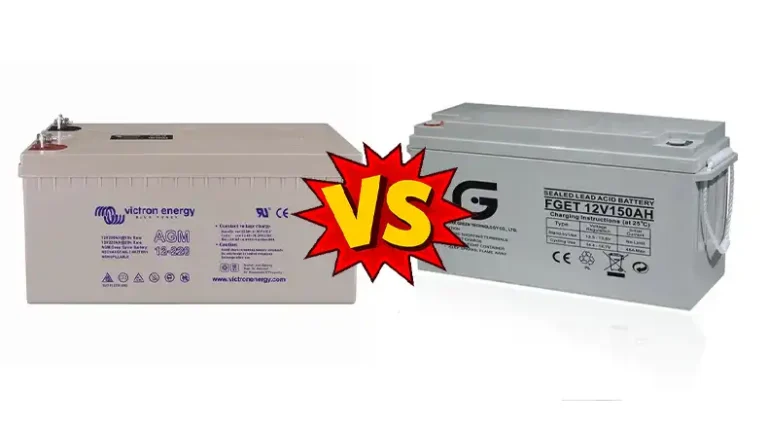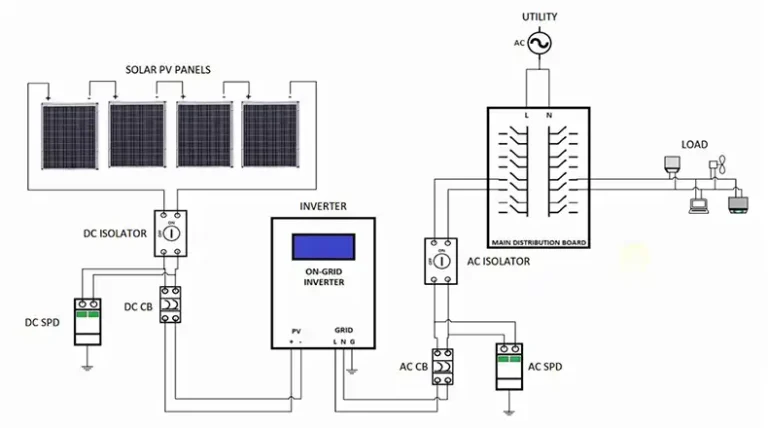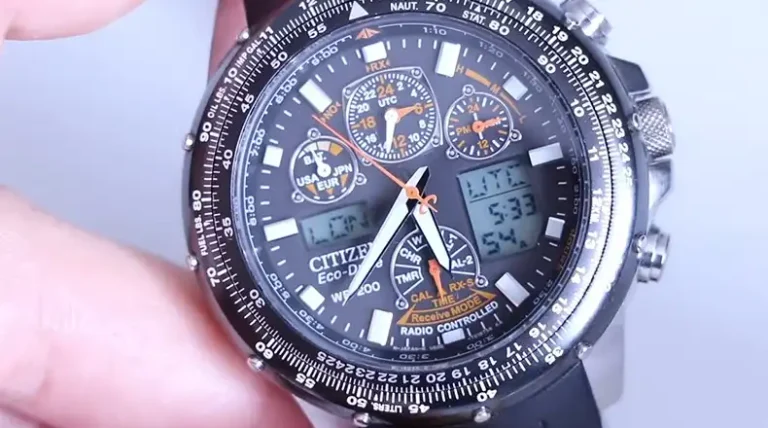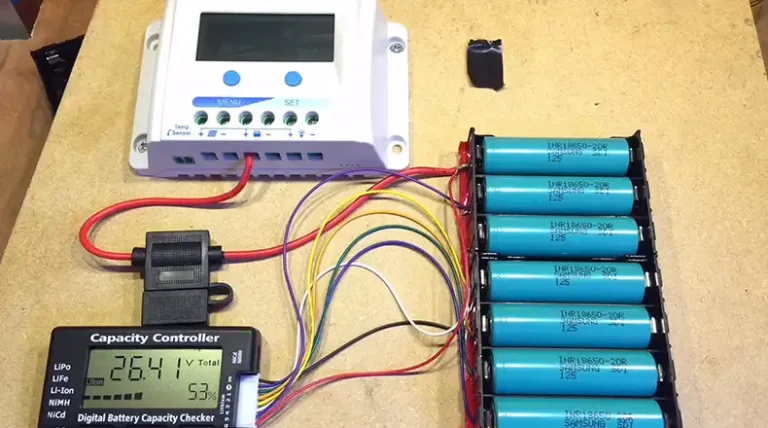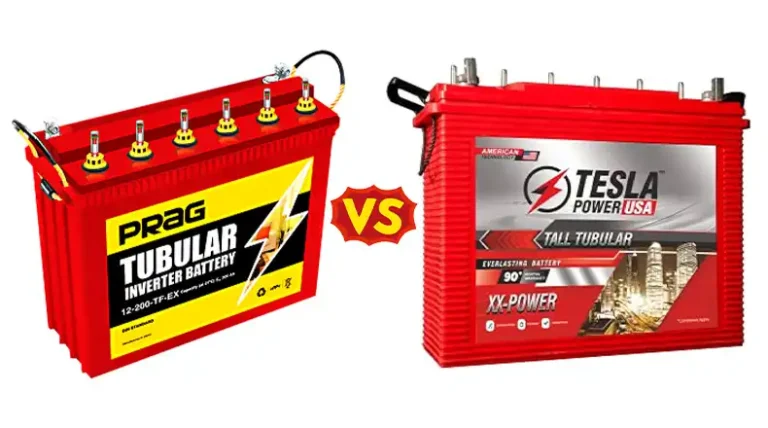Can You Leave a Solar Battery Charger On All the Time?
With the rising popularity of solar power, more and more people are investing in solar battery chargers to store energy harnessed from the sun. However, a common question that arises is – can you safely leave a solar battery charger on all the time?
Fortunately, the answer is yes, you can leave a solar battery charger on continuously without causing any damage. However, there are some important factors to consider regarding battery life expectancy, overcharging prevention, and overall system efficiency that come into play.
Leaving your solar battery charger on 24/7 allows it to continually top up your batteries whenever sunlight is available.
Remember, doing this improperly can decrease battery lifespan over time due to overcharging. Don’t worry, I have you covered. In this comprehensive guide, I have explained details of how solar battery chargers work, how to optimize your system for longevity, and tips to maximize efficiency when leaving it on all day and night. Read on to learn the best practices for running your solar battery charger nonstop!
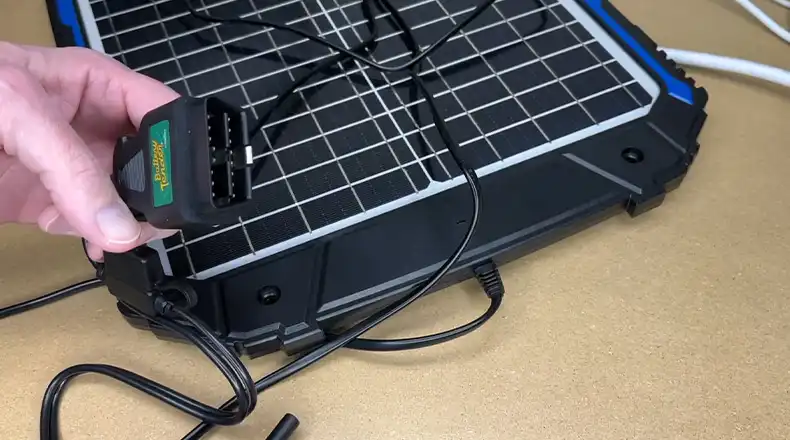
How Do Solar Battery Chargers Work?
Before jumping into whether or not it’s safe to leave solar battery chargers on continuously, it’s important to understand the basic functionality. Here’s a quick rundown:
- Solar panels generate DC electricity when exposed to sunlight. This charges a solar controller (also called a charge controller).
- The charge controller regulates the power from the solar panels, preventing issues like overcharging and over-discharging. It sends the electricity to charge batteries.
- Batteries store the energy for later use. They can be lead-acid, lithium-ion, or other types. Deep-cycle batteries meant for solar systems are recommended.
- Inverters convert the DC electricity from batteries into AC to power home appliances and electronics.
- When the sun isn’t shining, the system draws stored power from batteries to meet energy needs.
So in summary – solar panels harness sunlight to generate electricity, chargers regulate and deliver it to batteries for storage, and inverters convert it as needed.
The Pros of Leaving Solar Battery Chargers On 24/7
Continuously running your solar battery charger offers some distinct advantages:
- Maximizes Energy Capture: Keeping your solar battery charger on all day and night allows it to harvest every bit of available sunlight. The photons will get put to use charging your batteries any time the sun is up.
- Extends Battery Life: Frequent charge cycles from full draining/recharging degrades batteries faster than staying perpetually topped off. Trickle charging from a solar regulator prevents deep discharging that damages cells.
- Reduces Maintenance: No need to manually activate/deactivate the charger each day. Set it and forget it for hands-off convenience. Just check fluids and connections occasionally.
- Avoid Disruption from Clouds: Clouds passing over temporarily limit solar input. But brief shading won’t shut off a continuously running charger, avoiding disruption.
- Supplements Generator Power: Your batteries essentially become a free power source to reduce generator runtimes and fuel costs.
The Cons of Leaving Solar Battery Chargers On 24/7
However, some disadvantages also come with round-the-clock solar charging:
- Overcharging Risks: Faulty or mismatched components can lead to overcharging/overheating. This reduces battery life expectancy substantially.
- Parasitic Load Accumulation: The charger itself draws a small parasitic load, as will any other onsite electronics. This incrementally drains the system.
- Removes Manual Control Option: With automated continuous charging, you lose the option to manually shut off the system for maintenance and troubleshooting.
- Potentially Reduced PV Lifespan: Keeping panels energized under full sun nonstop marginally increases temperature stresses. Proper sizing and ventilation mitigate this.
- Lightning Strike Vulnerability: Having the system active overnight leaves it more vulnerable to lightning damage. Proper grounding and surge protectors reduce this risk.
So, the biggest con is improper sizing or equipment matching can lead to accelerated battery wear. But with thoughtful design, continuous solar charging provides more benefits than drawbacks.
Tips for Running Your Solar Battery Charger 24/7
To safely and effectively leave your solar battery charger on all the time, keep these tips in mind:
- Correctly Size Components: Use accurate home energy audits and load calculations to spec an adequately sized system. Oversizing can cause overcharging.
- Use Appropriate Batteries: Pick deep-cycle lead-acid or lithium-ion batteries designed for solar. Avoid automotive and starting batteries.
- Get an MPPT Solar Controller: Maximum Power Point Tracking (MPPT) chargers provide charging precision not found in basic PWM controllers.
- Check Charge Settings: Confirm absorption and float voltages match your particular batteries’ specifications. Turn off any equalization setting.
- Use Lightning Arrestors: Protect against stray voltage surges by installing quality lightning arrestors on PV cables.
- Check Connections: Inspect wiring interconnections periodically for corrosion and tightness. Loose connections can cause arcing and heat.
- Periodic Maintenance: Check specific gravity and electrolyte levels for wet lead-acid batteries monthly. Clean PV panels seasonally.
- Monitor Usage Data: Many charge controllers and inverters provide data logs to identify any performance anomalies over time.
- Consider Temperature Impacts: Battery capacity decreases in cold weather, while heat accelerates deterioration. Account for ambient temps.
With mindful system design and occasional maintenance, you can comfortably leave your solar battery charger running 24/7 without issue! Just take steps to prevent overcharging and other technical problems.
FAQs About Running Solar Battery Chargers Continuously
Is It Better To Turn Off Solar Chargers At Night?
Turning off the solar charger at night is not necessary in most cases. The charger will automatically stop sending current once the batteries are fully charged. Leaving it on allows harvesting energy as soon as the sun rises. Just take steps to avoid parasitic loads draining batteries.
What Solar Battery Charger Setting Should Be Used For 24/7 Charging?
For continuous 24/7 charging, have your solar controller configured for sealed or lithium batteries, disabled equalization, an appropriate absorption voltage (14.4V for 12V lead-acid), and a float voltage of around 13.5V. This prevents overcharging.
Can Solar Maintain Automobile Batteries That Are Deeply Discharged?
Deeply discharged starting/automotive batteries often cannot accept and hold a charge. They lack the deep cycling capacity of solar-specific batteries. Fully recharging a depleted car battery with solar is unlikely, requiring a replacement.
Is Trickle Charging From Solar Harmful For Batteries?
No, trickle charging from a solar controller maintains batteries without harming them. Once fully charged, the voltage drops to 13.5V – 13.8V to balance self-discharge rather than continuing to bulk charge. This is gentle on batteries. Just avoid huge oversized arrays.
Summary
Generally, you can safely leave a properly designed solar battery charger on at all times without issue. Doing so helps maximize the self-consumption of the solar energy generated. It also reduces maintenance and avoids battery damage from deep discharging. However, steps must be taken to prevent overcharging and other technical problems that can occur. Carefully matching components, monitoring performance data, and periodic maintenance give you the benefits of 24/7 solar charging while minimizing risks. Hopefully, this guide has shed light on how to properly run your solar battery charger continuously. Please leave a comment below if you have any other related questions! Thanks for reading.

